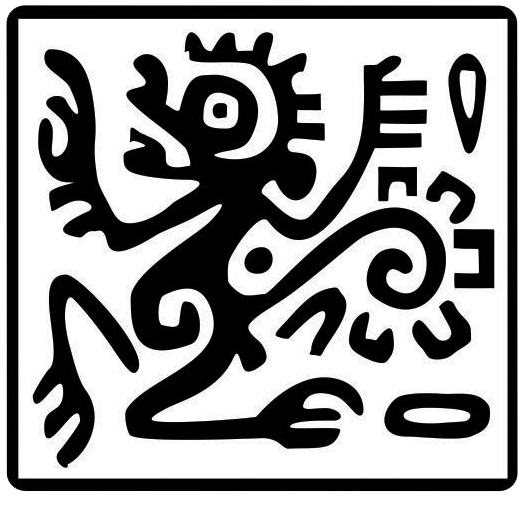Diversity of phyllostomid bats in four caves in the Dominican Republic
Abstract
The Dominican Republic is the second country in the Greater Antilles with the widest variety of bats; however, the knowledge we have about these species is precarious, so this research focused on studying the diversity and conservation of the Phyllostomidae family in 4 caves in the country. One sampling was carried out every 3 months between December 2021 and December 2022. Three mist nets measuring 15 m long x 3 m wide were used to capture the bats. Diversity was analyzed through the Margalef, Shannon, Simpson, and Pielou indices. 545 bats of the Phyllostomidae family were captured. According to the Margalef index, the highest richness was recorded in the La Chepa cave (5.81), with 6 of the 7 species with distribution in the country. Los Patos cave presented the highest diversity (H´ = 1.50), and the abundances of the species were more uniform (J´= 0.31). The La Chepa cave presented the highest abundance of bats with 35.2 % of the total captures. The differences in the diversity of bats in the studied caves may be due to the availability of food near the caves and the fragmentation of the surrounding habitat since the good state of the ecosystem is directly related to the presence and abundance of this family.
Copyright (c) 2024 Therya Notes

This work is licensed under a Creative Commons Attribution-NonCommercial-NoDerivatives 4.0 International License.
THERYA NOTES is based on its open access policy allowing free download of the complete contents of the magazine in digital format. It also authorizes the author to place the article in the format published by the magazine on your personal website, or in an open access repository, distribute copies of the article published in electronic or printed format that the author deems appropriate, and reuse part or whole article in own articles or future books, giving the corresponding credits. The Creative Commons CC BY-NC-SD license is used.![]()









